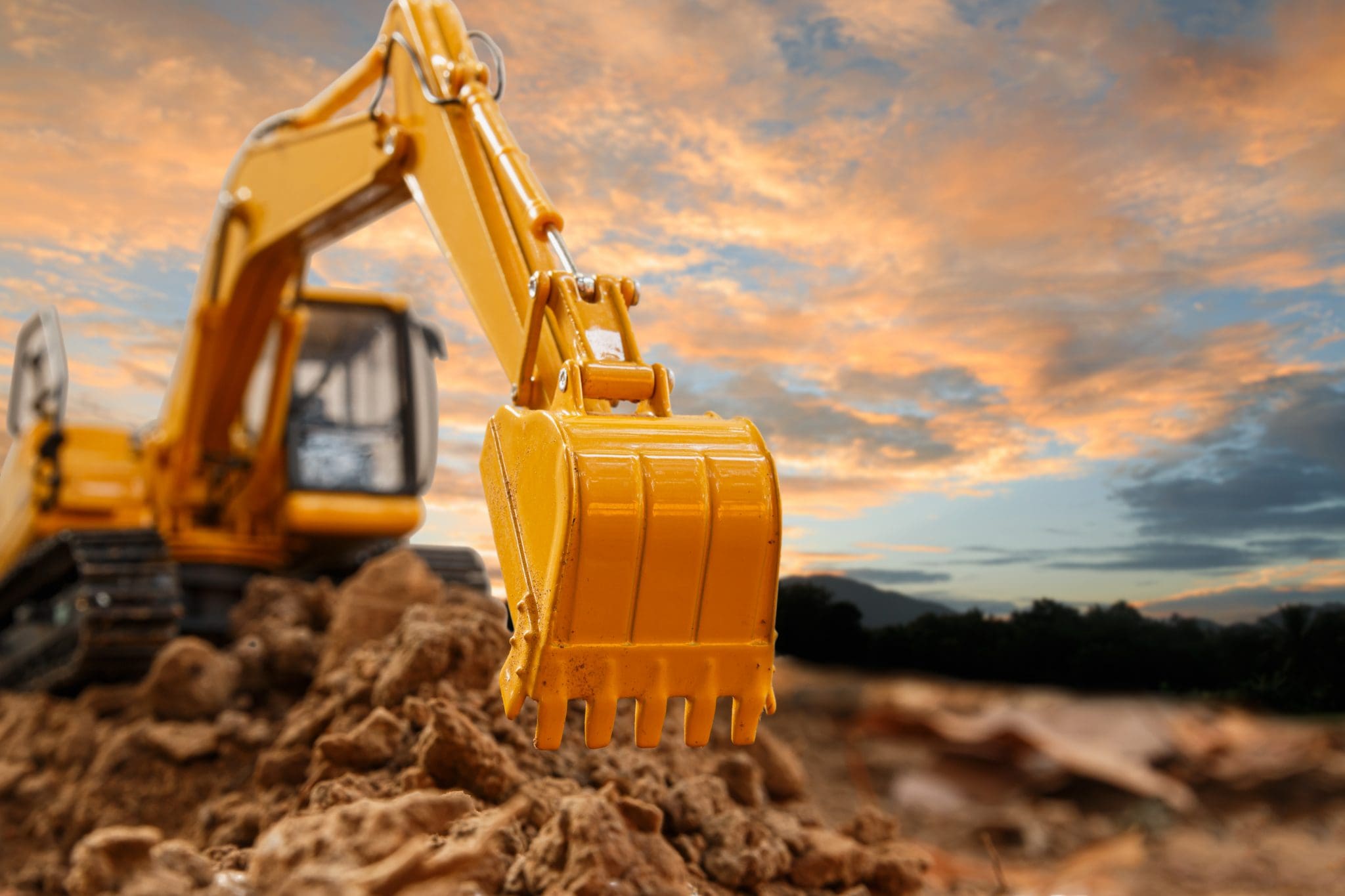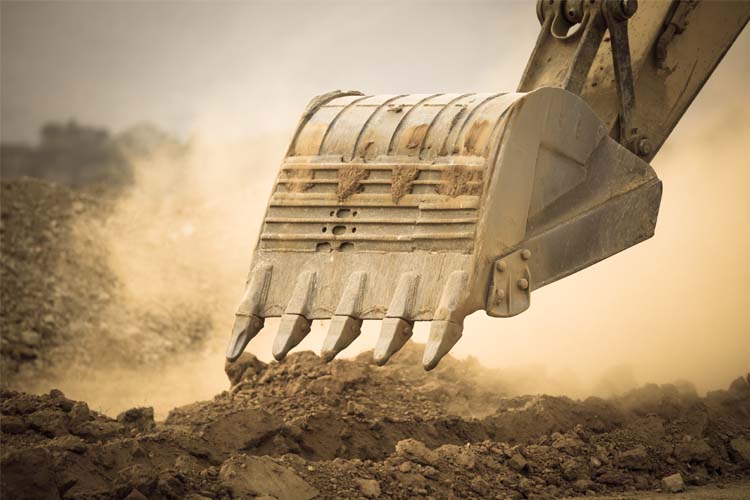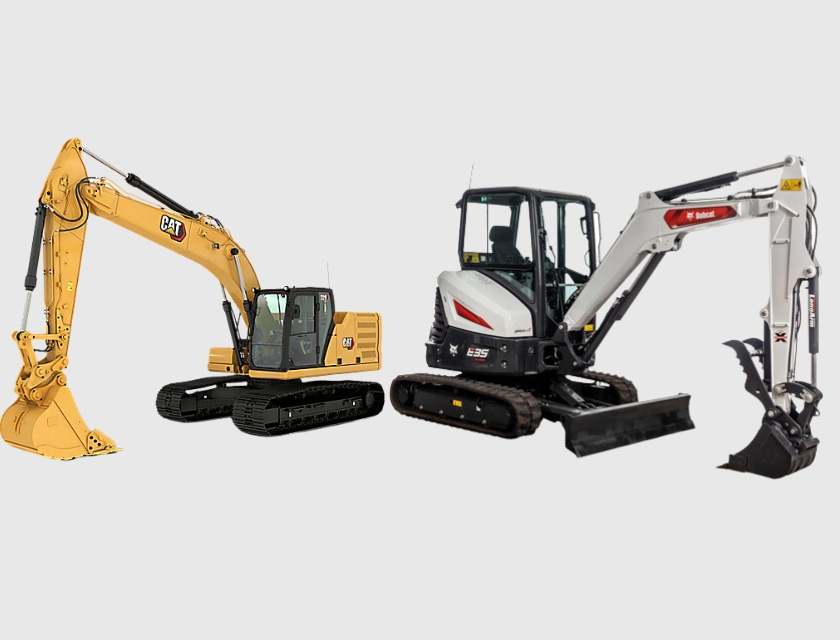Choose the right excavator size for your project by considering factors such as job site conditions, required digging depth and reach, lifting capacity, and maneuverability in tight spaces.
Digging In: Tips for Choosing the Best Excavator Size for Your Project
Choosing the right excavator size is crucial for the success of any construction or excavation project. The size of the excavator will directly impact the efficiency, productivity, and safety of the project. Selecting an excavator that is too small for the job may result in delays, increased labor costs, and potential safety hazards.
On the other hand, choosing an excavator that is too large may lead to unnecessary expenses and reduced maneuverability in tight spaces. Therefore, understanding the importance of selecting the right excavator size is essential for the overall success of the project.
Additionally, the right excavator size can also have a significant impact on the overall cost of the project. Choosing the appropriate size can help minimize fuel consumption, maintenance costs, and overall operating expenses.
Furthermore, selecting the right excavator size can also contribute to reducing the environmental impact of the project by minimizing fuel consumption and emissions.
Therefore, taking the time to carefully consider and select the right excavator size is essential for the success, efficiency, and cost-effectiveness of any construction or excavation project.
Factors to Consider When Selecting an Excavator Size
When selecting an excavator size, there are several important factors to consider. One of the primary factors to consider is the type of work that the excavator will be used for. Different types of excavation projects require different sizes of excavators. For example, smaller excavators are suitable for residential and small-scale projects, while larger excavators are more suitable for commercial and industrial projects. Additionally, the depth and reach required for the project will also play a significant role in determining the appropriate excavator size.
Another important factor to consider is the type of terrain and environmental conditions of the project site. Projects that involve working in rough or uneven terrain may require a larger excavator with greater stability and power. Similarly, projects that involve working in environmentally sensitive areas may require a smaller excavator to minimize the impact on the surrounding ecosystem. Additionally, considering the accessibility and space constraints of the project site is crucial when selecting the right excavator size. Projects that involve working in confined spaces or tight urban areas may require a compact excavator with a smaller footprint.
Assessing the Scope and Scale of Your Project
Assessing the scope and scale of your project is essential when selecting the right excavator size. The size of the project will directly impact the size of the excavator required.
For smaller, residential projects, a compact or mini excavator may be sufficient to meet the needs of the project. However, for larger, commercial or industrial projects, a larger excavator with greater power and capacity may be necessary to efficiently complete the work.
Additionally, considering the duration of the project is also important when assessing the scope and scale. Longer-term projects may benefit from larger excavators with greater durability and efficiency, while shorter-term projects may be more suited for smaller, more agile excavators.
Furthermore, assessing the scale of the project will also help determine the required digging depth and reach of the excavator. Projects that involve deep excavation or long reach requirements will necessitate a larger excavator with greater digging capabilities.
On the other hand, projects that involve shallow excavation or shorter reach requirements may be more suited for smaller excavators. Therefore, carefully assessing the scope and scale of the project is crucial for selecting the right excavator size to meet the specific needs of the project.
Evaluating the Terrain and Environmental Conditions
Evaluating the terrain and environmental conditions of the project site is a critical factor to consider when selecting the right excavator size. The type of terrain, such as rocky, uneven, or soft soil, will directly impact the stability and power required for the excavator.
Projects that involve working in rough or uneven terrain may require a larger excavator with greater stability and power to efficiently complete the work. Similarly, projects that involve working in environmentally sensitive areas, such as wetlands or protected habitats, may require a smaller excavator to minimize the impact on the surrounding ecosystem.
Additionally, considering the environmental conditions, such as weather and climate, is also important when evaluating the terrain.
Projects that involve working in extreme weather conditions, such as heavy rain or snow, may require a larger, more powerful excavator to withstand the elements. Similarly, projects that involve working in hot, dry climates may benefit from a smaller, more agile excavator to navigate the terrain with ease.
Therefore, carefully evaluating the terrain and environmental conditions of the project site is essential for selecting the right excavator size to ensure the success and efficiency of the project.
Considering the Accessibility and Space Constraints
Considering the accessibility and space constraints of the project site is crucial when selecting the right excavator size. Projects that involve working in confined spaces or tight urban areas may require a compact excavator with a smaller footprint to navigate the site with ease.
Additionally, projects that involve working in areas with limited access, such as narrow alleyways or interior spaces, may benefit from a smaller, more agile excavator to maneuver in tight spaces.
Furthermore, projects that involve working in areas with overhead obstructions, such as power lines or building structures, may require a compact excavator with a reduced height to avoid potential hazards.
Moreover, considering the space constraints of the project site will also help determine the appropriate size of the excavator. Projects that involve working in limited space may require a smaller excavator to efficiently complete the work without causing damage to surrounding structures or landscapes.
On the other hand, projects that involve working in open, expansive areas may benefit from a larger excavator with greater power and capacity to maximize productivity. Therefore, carefully considering the accessibility and space constraints of the project site is essential for selecting the right excavator size to meet the specific needs of the project.
Calculating the Required Digging Depth and Reach
Calculating the required digging depth and reach is a crucial step in selecting the right excavator size for your project. The digging depth and reach required for the project will directly impact the size and capabilities of the excavator.
Projects that involve deep excavation or long reach requirements will necessitate a larger excavator with greater digging capabilities. Additionally, projects that involve working in areas with limited access or overhead obstructions may require a compact excavator with a reduced height to efficiently complete the work.
Furthermore, calculating the required digging depth and reach will also help determine the appropriate attachments and accessories needed for the excavator. Projects that involve specialized excavation, such as trenching or grading, may require specific attachments, such as buckets or rippers, to meet the specific needs of the project.
Additionally, projects that involve working in areas with varying soil conditions, such as rocky or soft soil, may require specialized accessories, such as hydraulic breakers or augers, to efficiently complete the work. Therefore, carefully calculating the required digging depth and reach is essential for selecting the right excavator size and accessories to meet the specific needs of the project.
Comparing the Performance and Efficiency of Different Excavator Sizes
Comparing the performance and efficiency of different excavator sizes is essential for selecting the right excavator for your project. Different sizes of excavators offer varying levels of power, capacity, and maneuverability.
Smaller excavators are more agile and maneuverable, making them suitable for projects with limited space and access. However, larger excavators offer greater power and capacity, making them more suitable for larger, more demanding projects.
Therefore, carefully comparing the performance and efficiency of different excavator sizes will help determine the most suitable option for your specific project needs.
Additionally, comparing the fuel consumption and operating costs of different excavator sizes is also important when selecting the right excavator. Smaller excavators typically consume less fuel and have lower operating costs, making them more cost-effective for smaller, shorter-term projects.
On the other hand, larger excavators may have higher fuel consumption and operating costs, but offer greater efficiency and productivity for larger, longer-term projects. Therefore, carefully comparing the performance and efficiency of different excavator sizes will help determine the most cost-effective option for your specific project needs.
Budgeting and Cost Considerations for Excavator Selection
Budgeting and cost considerations play a significant role in selecting the right excavator size for your project. The size of the excavator will directly impact the overall cost of the project, including fuel consumption, maintenance costs, and operating expenses. Therefore, carefully considering the budget and cost implications of different excavator sizes is essential for selecting the most cost-effective option for your specific project needs.
Additionally, considering the duration of the project is also important when budgeting for the cost of the excavator. Longer-term projects may benefit from larger excavators with greater durability and efficiency, while shorter-term projects may be more suited for smaller, more agile excavators.
Furthermore, considering the potential return on investment of different excavator sizes is also important when budgeting for the cost of the project. Larger excavators may have higher upfront costs, but offer greater efficiency and productivity for larger, longer-term projects.
On the other hand, smaller excavators may have lower upfront costs, but may result in increased labor costs and potential safety hazards for larger, longer-term projects. Therefore, carefully budgeting and considering the cost implications of different excavator sizes is essential for selecting the most cost-effective option for your specific project needs.
Consulting with Equipment Experts and Professionals
Consulting with equipment experts and professionals is a valuable step in selecting the right excavator size for your project. Equipment experts and professionals have the knowledge and experience to assess the specific needs of your project and recommend the most suitable excavator size.
Additionally, consulting with equipment experts and professionals can provide valuable insights into the latest advancements in excavator technology and the most cost-effective options for your specific project needs. Therefore, taking the time to consult with equipment experts and professionals is essential for making an informed decision and ensuring the success of your project.
Furthermore, consulting with equipment experts and professionals can also provide valuable guidance on the maintenance and operation of the selected excavator. Equipment experts and professionals can offer recommendations on the best practices for operating and maintaining the excavator to maximize efficiency and productivity.
Additionally, they can provide valuable insights into the potential challenges and solutions for the specific needs of your project. Therefore, consulting with equipment experts and professionals is essential for making an informed decision and ensuring the optimal performance of the selected excavator for your project.
Making the Final Decision and Ensuring Optimal Excavator Size for Your Project
Making the final decision on the right excavator size for your project is a critical step in ensuring the success and efficiency of the project. After carefully considering the scope and scale of the project, evaluating the terrain and environmental conditions, and assessing the accessibility and space constraints, it is important to make an informed decision on the most suitable excavator size. Additionally, after comparing the performance and efficiency of different excavator sizes, and budgeting for the cost implications, it is important to make a final decision that meets the specific needs of the project.
Furthermore, after consulting with equipment experts and professionals, and considering their recommendations and insights, it is important to make the final decision that ensures the optimal performance of the selected excavator for your project. Taking the time to carefully consider and make an informed decision on the right excavator size is essential for the success, efficiency, and cost-effectiveness of any construction or excavation project. Therefore, making the final decision and ensuring the optimal excavator size for your project is crucial for the overall success and efficiency of the project.
Originally posted 2024-05-23 09:34:51.





